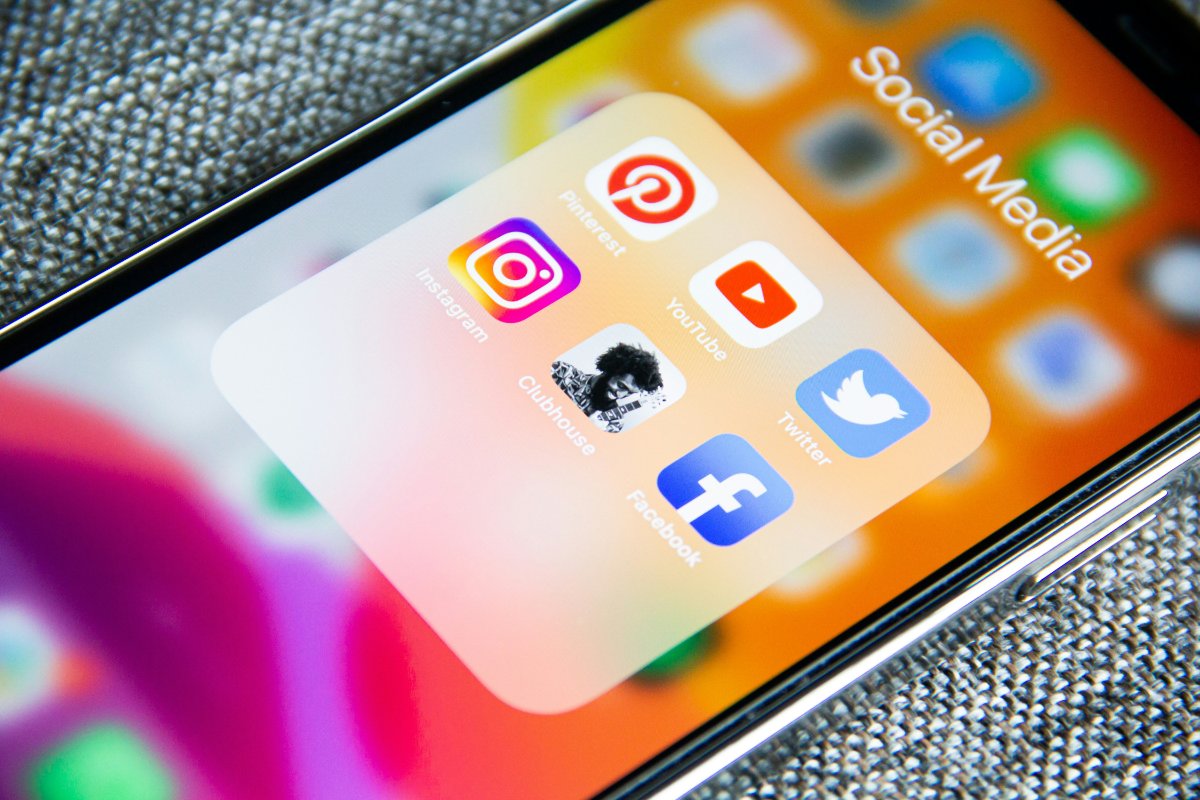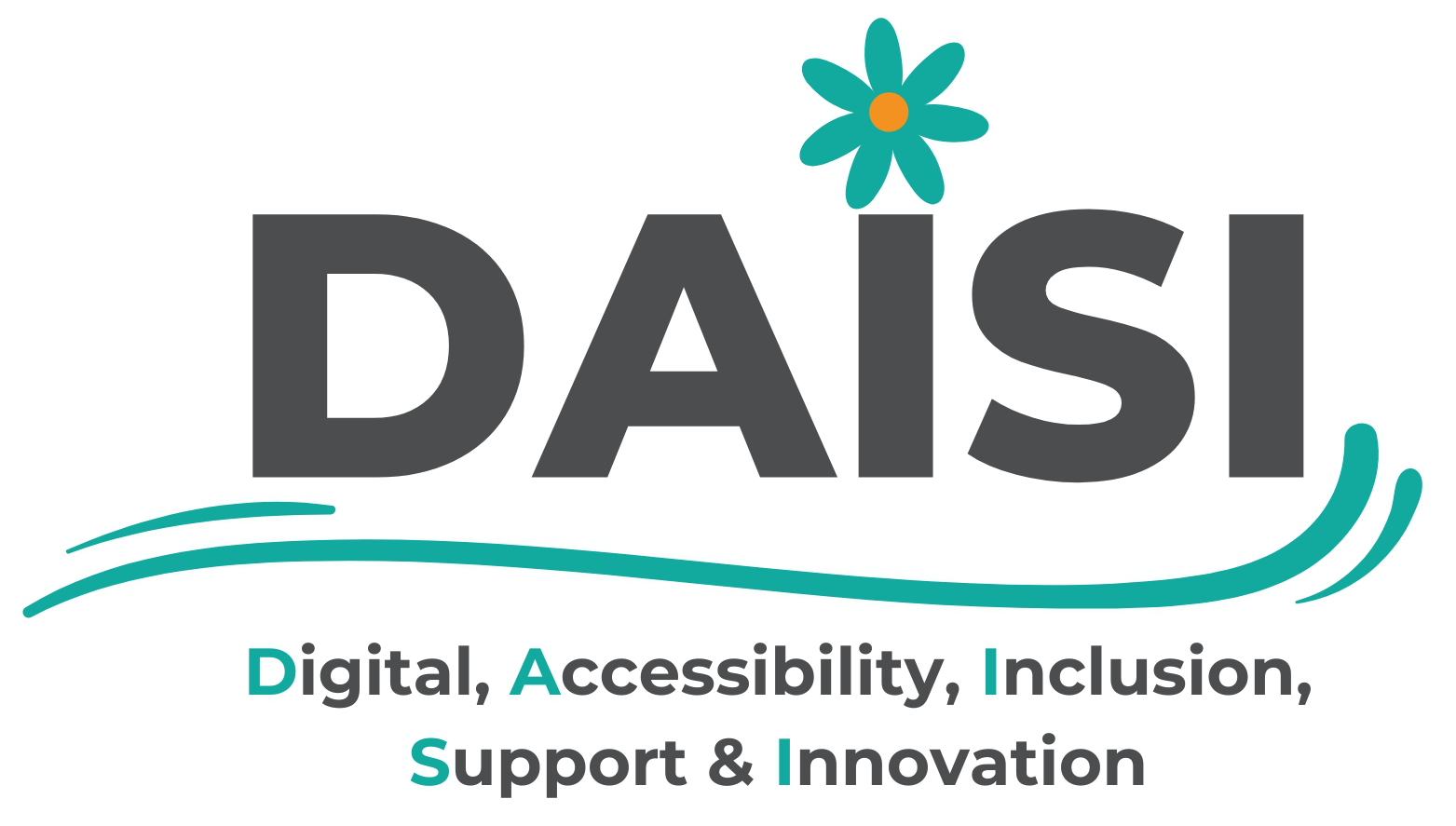In today’s interconnected world, digital media is everywhere — shaping how we learn, communicate, work, and entertain ourselves. From social networks and online journalism to podcasts and video platforms, digital media has revolutionized how information is created and shared.
It has transformed audiences into participants and communication into collaboration, making it one of the defining forces of the 21st century.
1. What Is Digital Media?
Digital media refers to any content that is created, distributed, and consumed using digital technology.
It includes text, images, audio, video, and interactive formats delivered through computers, smartphones, and the Internet.
Examples include:
- Social media posts
- News websites and blogs
- Podcasts and streaming content
- Online advertising and marketing
- Virtual reality and interactive games
Unlike traditional media such as newspapers, television, and radio, digital media allows instant global communication and user participation — anyone can create, share, or comment on content.
2. The Evolution of Media
The evolution from traditional to digital media marks one of the biggest cultural shifts in modern history.
- Print Era: Books, newspapers, and magazines dominated the sharing of knowledge and stories.
- Broadcast Era: Radio and television expanded communication into the home.
- Digital Era: The Internet democratized media creation — giving individuals, not just corporations, the power to publish and influence.
Today, billions of people consume digital media daily, and its influence extends beyond entertainment — shaping education, politics, and social movements.
3. Types of Digital Media
| Owned Media | Company websites, blogs, newsletters | Controlled by individuals or organisations |
| Earned Media | Social shares, reviews, mentions | Created voluntarily by users or audiences |
| Paid Media | Digital ads, sponsored posts | Purchased exposure or promotion |
| Social Media | Facebook, X (Twitter), Instagram, TikTok | Community interaction and content sharing |
| Streaming Media | YouTube, Netflix, Spotify | On-demand audio and video |
| Interactive Media | Games, VR, mobile apps | Immersive experiences and engagement |
These categories overlap and interact — creating a complex, dynamic media landscape.
4. The Impact of Digital Media
Digital media has fundamentally changed how we perceive and interact with the world. Its effects can be seen in nearly every aspect of life:
- Communication: People can instantly connect across cultures and continents.
- Education: Online courses and open-access resources make learning global and affordable.
- Journalism: News spreads faster but faces challenges of accuracy and bias.
- Marketing and Business: Brands use social platforms to engage directly with consumers.
- Social Movements: Hashtags and viral campaigns amplify voices and promote change.
Digital media empowers individuals and communities — but it also magnifies both truth and misinformation.
5. Advantages of Digital Media
- Accessibility: Anyone with an Internet connection can access vast amounts of information.
- Interactivity: Users can comment, share, and participate in real time.
- Creativity: Individuals can express themselves through videos, art, and writing.
- Cost Efficiency: Digital publishing is cheaper than traditional printing or broadcasting.
- Global Reach: Messages can spread across the world in seconds.
These strengths make digital media a cornerstone of modern communication and creativity.
6. Challenges of the Digital Media Age
However, the rise of digital media brings new challenges:
- Misinformation and Fake News: False information spreads quickly and can influence opinions or elections.
- Information Overload: Constant updates can cause fatigue and reduce focus.
- Privacy and Data Exploitation: Social platforms collect and monetize user information.
- Digital Divide: Not everyone has equal access to digital tools or education.
- Decline of Traditional Journalism: Online competition has disrupted established media industries.
Navigating digital media responsibly requires awareness, media literacy, and critical thinking.
7. The Role of Digital Media in Society
Digital media is now a key driver of culture and democracy. It enables open debate, community building, and global awareness.
At the same time, it challenges traditional power structures by giving individuals the ability to influence millions.
Movements for equality, environmental action, and social justice often begin — and thrive — online.
In this way, digital media has become both a mirror and a catalyst for modern society.
8. The Future of Digital Media
The next generation of digital media will be defined by innovation and personalisation:
- Artificial Intelligence: Algorithms curating content and automating journalism.
- Virtual Augmented Reality: Immersive storytelling and virtual social spaces.
- Blockchain Media: Verifiable ownership and transparency in digital publishing.
- Interactive News and Education: Blending entertainment with learning.
- Ethical Design: Focus on mental wellbeing, privacy, and truthful content.
As technology evolves, the challenge will be to use digital media to inform and unite — not mislead or divide.
Conclusion
Digital media is the language of the modern world — a constant dialogue between creators and audiences, technology and humanity.
It has redefined communication, giving everyone a voice and every story a platform.
But with this power comes responsibility.
To keep digital media a force for good, we must value truth, respect privacy, and use our voices wisely.
In the end, digital media doesn’t just reflect the world we live in — it helps shape the world we are building.



